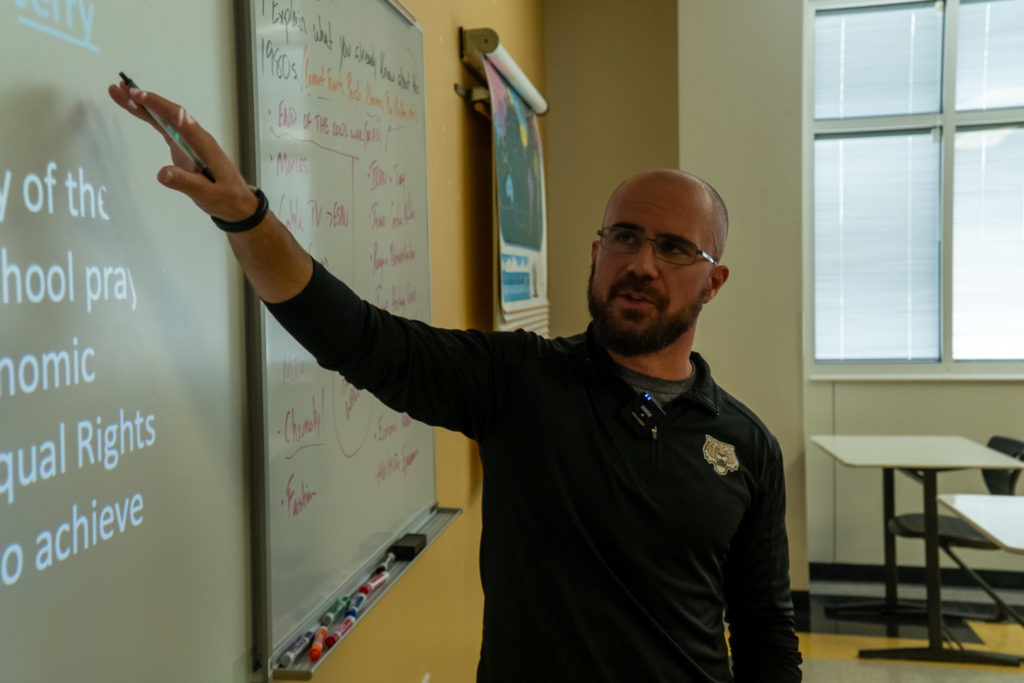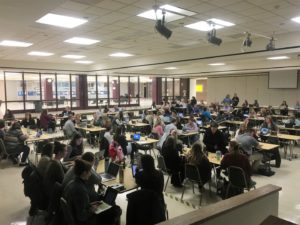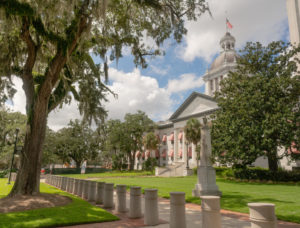Montana’s public schools still have 1,000 unfilled teaching positions. Easing licensing requirements may help
Montana still needs nearly 1,000 public school teachers for the upcoming year, State Superintendent Elsie Arntzen told the Board of Public Education last week.
Even in January, over 900 positions…

Montana still needs nearly 1,000 public school teachers for the upcoming year, State Superintendent Elsie Arntzen told the Board of Public Education last week.
Even in January, over 900 positions were left unfilled in the state. The current vacancies make up roughly 10% of the state’s total teacher positions.
Some of the factors contributing to the crisis are a decline in teacher education programs and a general labor shortage.
“Our schools mirror the many help wanted signs in business throughout our Montana communities,” Arntzen said in a statement.
“I have sought solutions by offering flexibilities in our teacher licensing rules, streamlining our teacher licensing system, increasing our professional development courses, and developing a teacher residency program to ensure our first-year teachers are classroom ready,” she added.
The state’s Office of Public Instruction (OPI) streamlined the teacher licensing process in 2022, but with limited success. That year, 1,200 new licenses were issued – the least since 2018.
But more can be done to easy licensure requirements, Arntzen and the OPI agree, but teachers’ union and the education establishment typically oppose it.
In the meantime, the state’s public school students are falling behind academically, as only 35% are proficient in math and less than half are proficient in reading.
And while teachers’ unions, such as the National Education Association, continue to lament comparatively low teacher salaries in states like Montana, studies show that money isn’t everything when it comes to teacher retention.
“School culture really matters,” James Shuls, director of research and education policy fellow at the Show-Me Institute, told The Lion. “People want to work in a place where they feel valued.
“[Culture] often gets downplayed on the policy discussion because you can’t control school with the with a lever from a state capitol. You can’t just flip button and make everyone have better school culture, but you can flip a lever, so to speak, and increase teacher pay,” he explained.
Earlier this summer, Montana lawmakers paved the way for charter schools, giving families options within the public education system. Research shows that charter schools consistently outperform traditional public schools.



